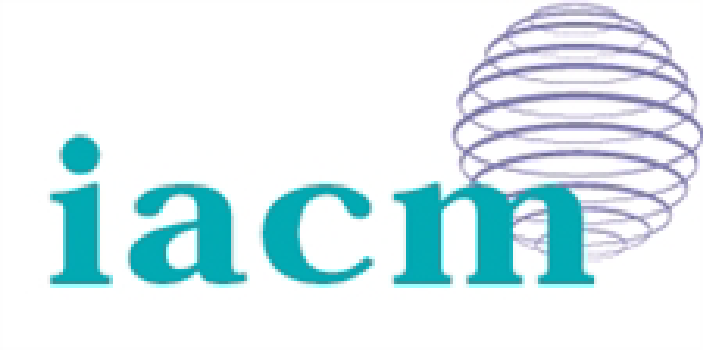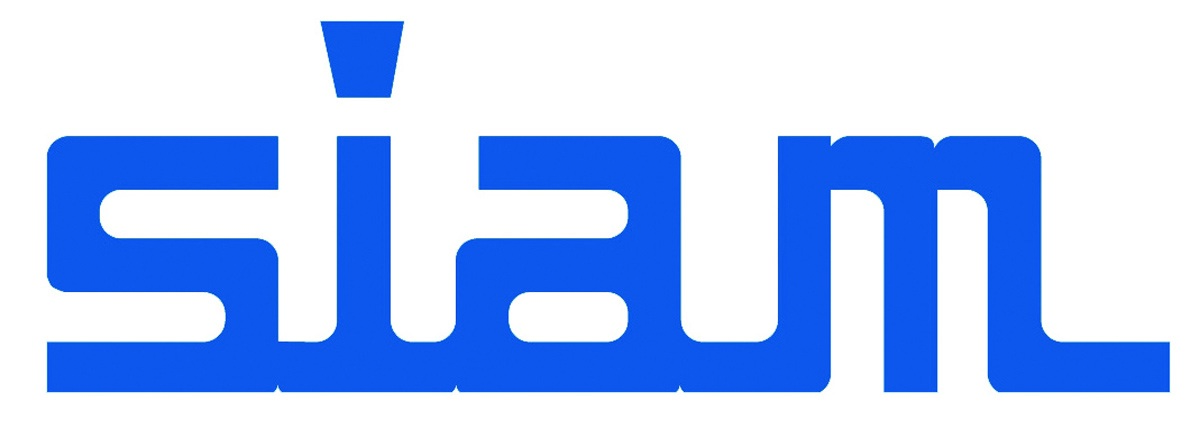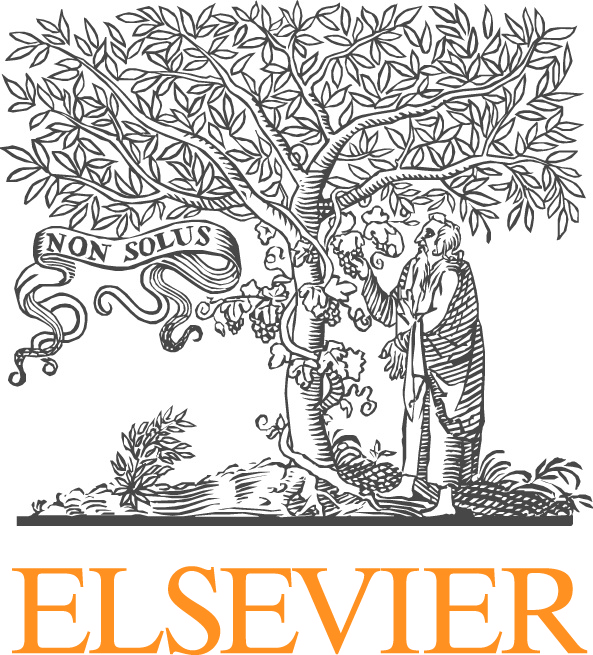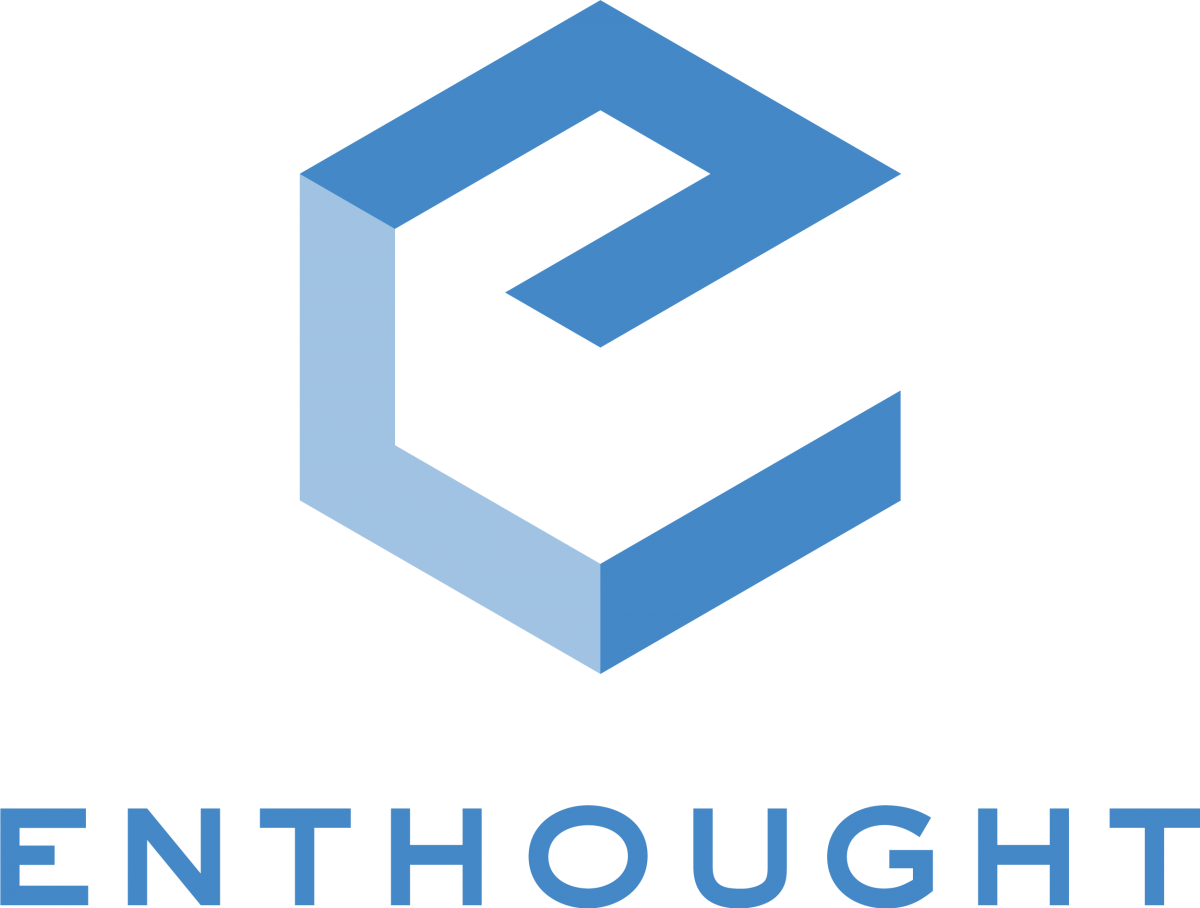Predictive fracture and failure modeling remains as one of the most significant challenges in the computational solid mechanics community and the search for a generally applicable approach is ongoing. The ideal method for fracture would have (at least) the following properties:
· mass/momentum conservative
· mesh convergent
· capable of capturing strong material discontinuities
· computationally efficient and scalable for both implicit and explicit dynamics
· generalizable to brittle, quasi-brittle, and ductile materials.
We know of no such approach. However, in recent years a variety of methods have received increasing attention, including: phase-field models of fracture, cohesive zone models, peridynamics, XFEM/GFEM, and meshfree methods. Each of these approaches address one or more aspects of the ideal method, but with some limitations.
After summarizing our view on the relative advantages and caveats, we introduce new strategies which combine these different approaches to emphasize their strengths and mitigate their weaknesses. Ongoing working in this area includes modeling cohesive fracture behavior with phase-field methods, incorporating phase-field-like energy minimization in peridynamics, and using bond-failure ideas from peridynamics with other meshfree methods (e.g. RKPM, OTM).
While these extensions do not (yet) get us to the “ideal” fracture modeling approach, we hope they get us closer. By leveraging the best ideas from various fields of computational fracture and solid mechanics we gain a unique perspective into the challenges that remain. Furthermore, our experiences deploying these newer fracture technologies in a production finite element code, where users may not be experts in the method, highlight additional challenges. These experiences lead us to believe that the ideal numerical method for fracture may never exist, and that different tools are required for solving different problems.







